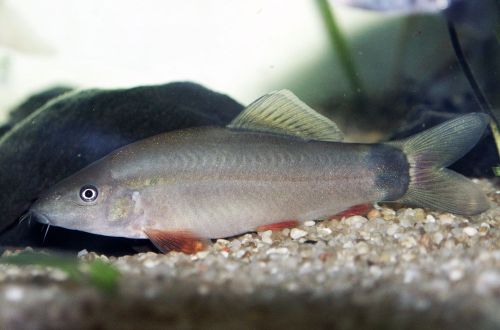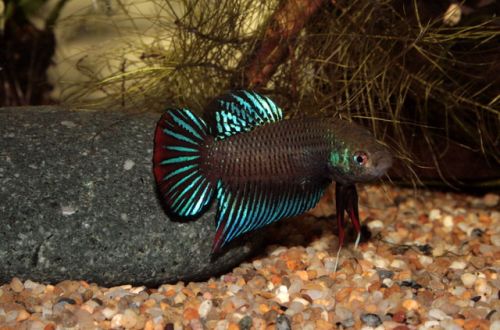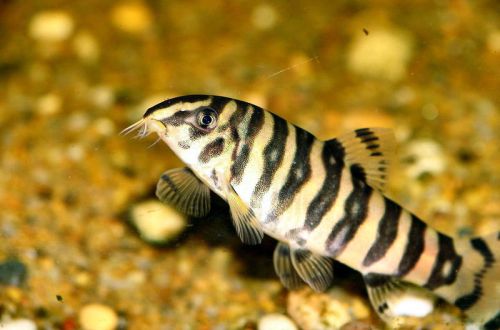Bricon Hilary
Brycon Hilarii, scientific name Brycon hilarii, belongs to the Bryconidae family. A rather large fish, reaching a length of more than 60 cm and a weight of over 3 kg. Successful maintenance is possible only in spacious aquariums from 500 liters. In cramped conditions, it can become aggressive towards small neighbors.
![]()
Contents
Habitat
Comes from South America. In nature, the original natural habitat was limited to the Paraguay River basin, which flows through the territory of the eponymous state of Paraguay and Argentina. Currently, it inhabits numerous tributaries of the Amazon, where it came from fish farms – Bricon Hilary is a commercial fish. It occurs in the main riverbeds, inhabiting areas with dense aquatic vegetation.
Brief information:
- The volume of the aquarium – from 500 liters.
- Temperature – 24-28°C
- Value pH — 6.0–7.0
- Water hardness – soft or medium hardness (4-15 dH)
- Substrate type – any
- Lighting – subdued
- Brackish water – no
- Water movement – light or moderate
- The size of the fish is 40–50 cm.
- Nutrition – foods with a high content of plant components
- Temperament – conditionally peaceful
- Keeping in a group of 3-4 individuals
Description
As noted above, the fish are able to grow to an impressive size. However, in aquariums, as a rule, they reach 40–50 cm. The color of the body is gray. Depending on the lighting, the scales may cast yellow or orange. The tail stalk is decorated with a wide black stripe, and the lobes are painted red. Red hues can also be seen on other fins.
Sexual dimorphism is weakly expressed. Males and females have few visible differences.
Maintenance and care, decoration of aquariums
Having a large aquarium that can accommodate several adult fish is key for long-term keeping. Optimum conditions are achieved in warm, soft, slightly acidic water.
The older the fish, the less shelter they need. For juveniles, it is necessary to provide places for shelters, for example, in the form of thickets of plants. It is important for adults to have free space for swimming.
Food
According to ScienceDirect research, plants, seeds, fruits and, to a lesser extent, small crustaceans, snails and other invertebrates form the basis of the diet in the wild. Thus, the daily diet should consist of foods with a high content of plant components, as well as pieces of green vegetables (cucumber, spinach, lettuce, etc.).
In the aquarium, aquarium plants can eat, so it is advisable to use fast-growing species when decorating. On occasion, they are able to eat smaller fish.
Behavior and Compatibility
Juveniles prefer to stay in a large flock. As they grow older, the need for relatives decreases. Bricon Hilary is relatively peaceful, although small fish can become its casual victim, but this behavior is typical of many large species. In small tanks or in case of overcrowding, aggression towards the neighbors in the aquarium is possible.





